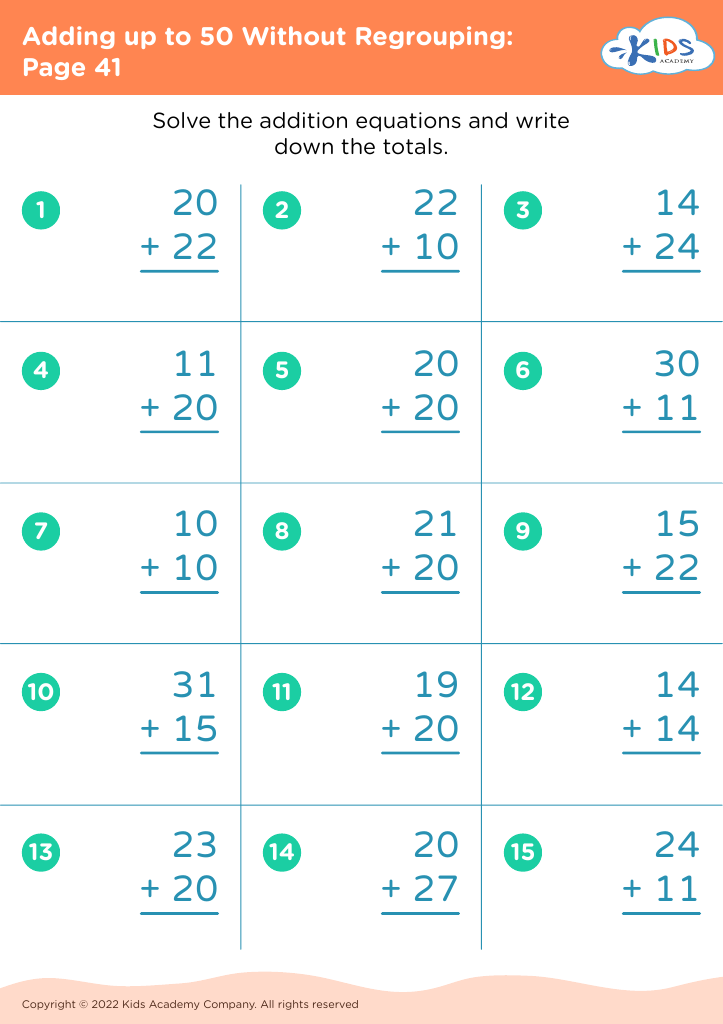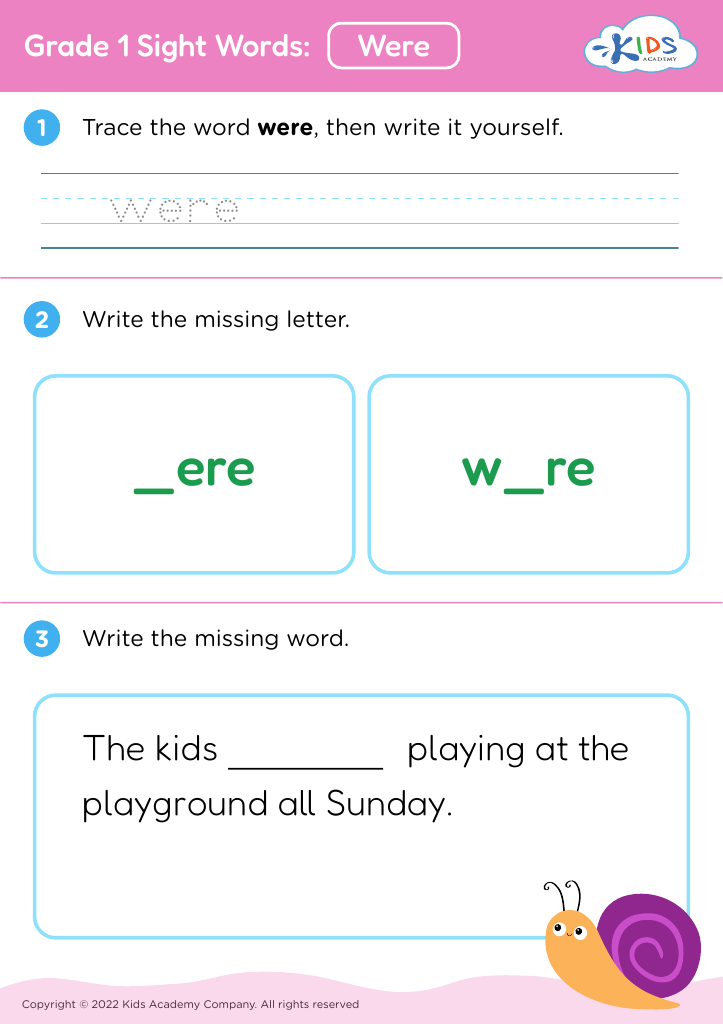Understanding Quantities Worksheets for Ages 7-9
7 filtered results
-
From - To
Discover our engaging "Understanding Quantities Worksheets" designed for children aged 7-9. These beautifully crafted worksheets are perfect for helping young learners grasp essential math concepts, including counting, comparing, and estimating. Each worksheet seamlessly combines fun activities with educational content, nurturing critical thinking and problem-solving skills. Through various exercises, kids will develop a solid understanding of numbers and their relationships, setting a strong foundation for future math success. Join today and start empowering your child on their exciting learning journey with our expertly developed resources. Make learning quantities enjoyable and effective with Kids Academy!
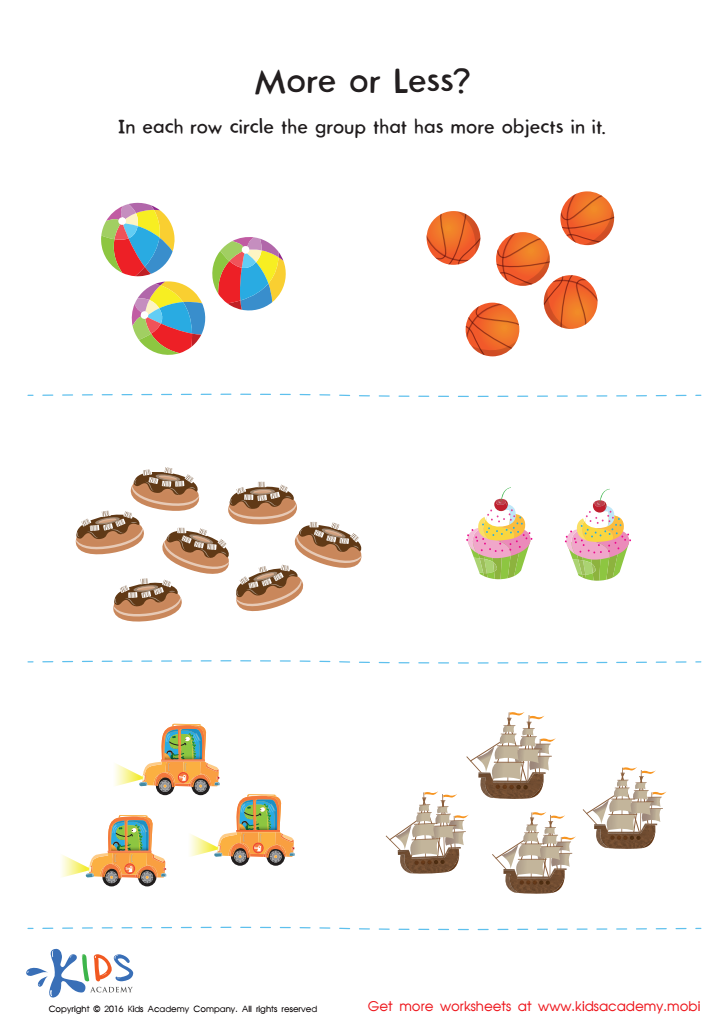

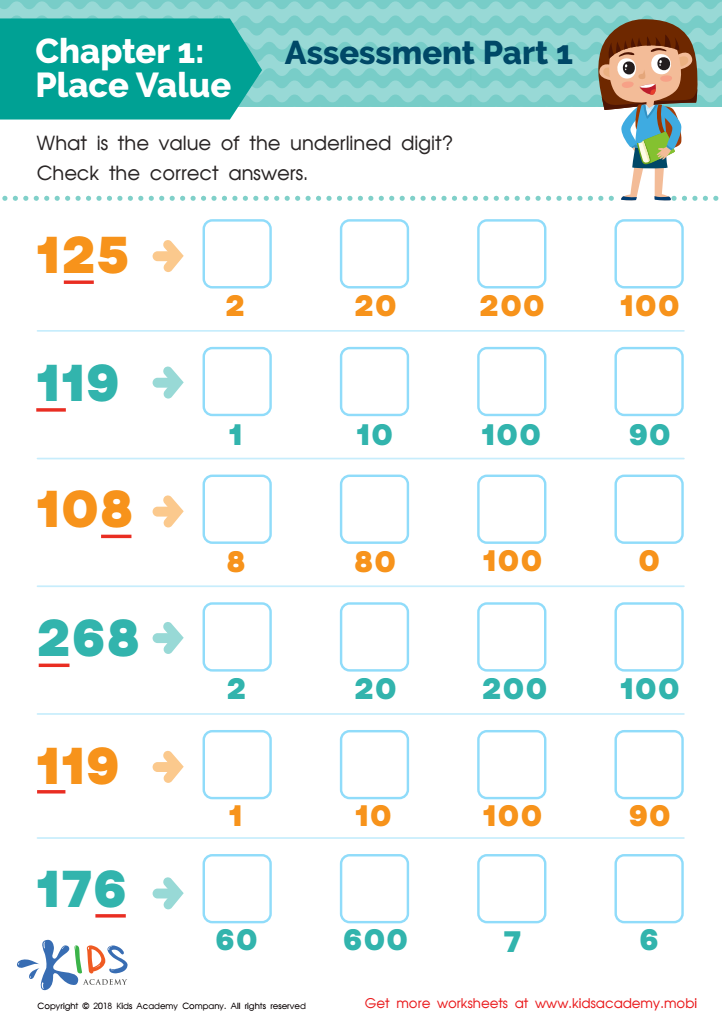

Place Value: Chapter 1 Worksheet
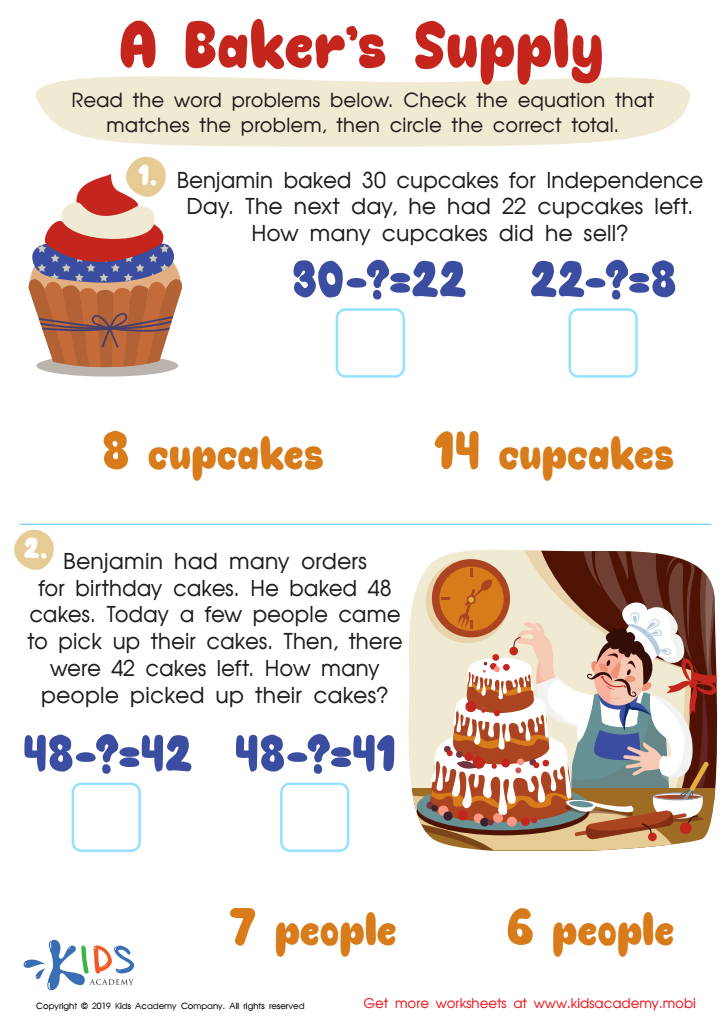

A Baker's Supply Worksheet


Firewood Subtraction Worksheet
Understanding quantities is fundamental for children ages 7-9 as it forms the basic building block for more advanced mathematical concepts and everyday problem-solving skills. During these formative years, grasping quantities helps children develop number sense, which is essential for performing operations such as addition, subtraction, multiplication, and division with confidence and accuracy. Strong number sense is not just limited to abstract calculations but extends to real-world applications, like measuring ingredients for a recipe or understanding time and money management.
Moreover, a solid understanding of quantities paves the way for success in other areas of learning and development. It fosters logical thinking and enables children to make connections between numbers and their practical uses. This developmental stage is also crucial for establishing an intuitive understanding of mathematical relationships, lay foundations for algebra, and supports higher-level thinking skills required in science and technology fields.
For parents and teachers, emphasizing the importance of understanding quantities can make learning more engaging by incorporating hands-on activities and real-life applications, ensuring the learning process is relatable and meaningful. This comprehensive approach can spark a lifelong interest in math and learning, thus equipping children with critical cognitive skills for their future educational endeavors and daily lives.
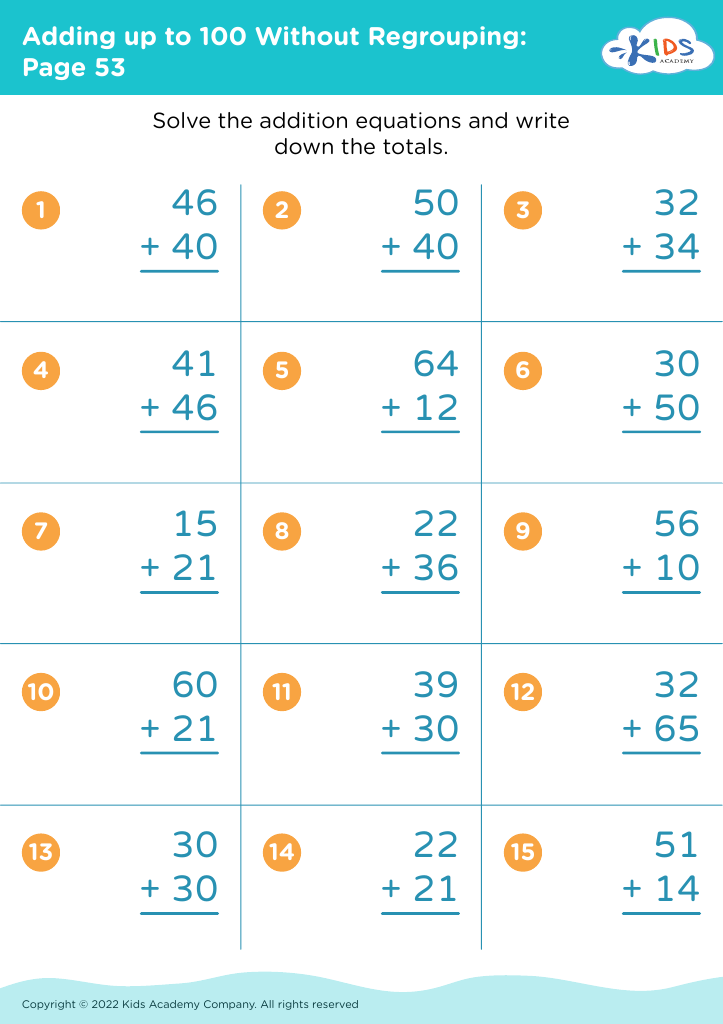

 Assign to My Students
Assign to My Students
